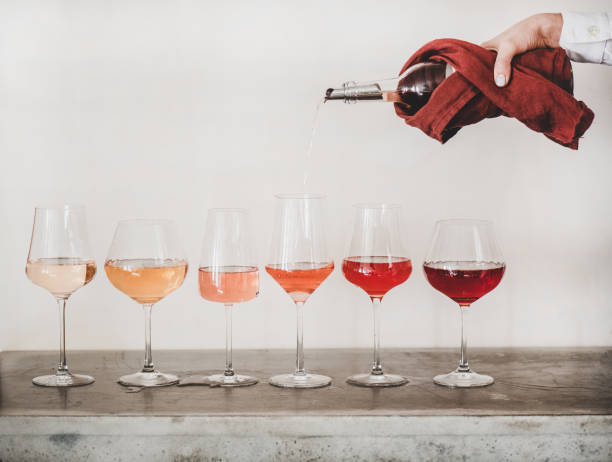Researchers and winemakers are hopeful that this rapid antigen test (RAT) will be able to quickly and inexpensively measure Botrytis.
Winemakers and grape growers in Australia have worked with Professor Chris Steel of Charles Sturt University, with funding provided by Wine Australia, to evaluate a commercially available Botrytis testing kit. The preliminary data from the rapid test kit shows that results are comparable to those of more complicated, time-consuming, and expensive methods.
The kit, if found suitable for use in the wine industry, will allow not only the detection of Botrytis but also the quantification of its presence in wine and grape samples.
Global Access Diagnostics produces RAT-like tests. The result is measured using a device known as a ‘cube read’ that fits in the palm and estimates the amount of Botrytis in a grapes sample within ten minutes.
Professor Steel, the lead researcher in this study, said: “For the very first time, growers and winemakers are able to detect and quickly identify botrytis in grapes.”
The ability to measure Boytytis contamination in real-time empowers scientists, agronomists, and winegrape growers to make objective management decisions.
Professor Steel stated that unlike other rapid methods of fungal detection, such as PCR, antigen detection only requires low-level operator skills.
The juice is then placed on a test strip. The test strip will then be inserted into the cube reader, and after ten minutes, a numerical value is obtained.
A number of wineries, in association with the Charles Sturt University research team, are currently evaluating whether the method can be applied to a winery environment.
Professor Steel said that participating wineries were comparing the GADx antigen detector kits to their existing methods for Botrytis estimation in the winery receiving area during harvest.
The preliminary data shows that the GADx kit is comparable to existing methods of detecting Botrytis in grape samples.
Professor Steel described the results as exciting because Botrytis caused bunch rot in some vintages. This is especially true when it rains close to harvest. The fungus can also have a negative impact on the quality of wine.
The 2023 vintage has been particularly difficult, with many wine regions experiencing higher-than-normal levels of botrytis growth and other fungal growth. This led to a loss in yield and quality.
Professor Steel stated that it can be difficult to detect Botrytis with the naked eye since the fungus is usually hidden within the interior of a bunch.
Botrytis analysis that is more accurate requires a longer time to complete, sophisticated equipment, and the right skills to do it.
These alternative methods are limited in their applicability to the wine industry during the busy harvest period. They require hours or days of analysis.
The GADx kit, on the other hand, can provide a numerical estimate in a matter of minutes. The cube reader is portable so it can be used in wineries or vineyards.
Professor Steel stated that the technology has the potential to improve the accuracy and turnaround time for Botrytis samples.




